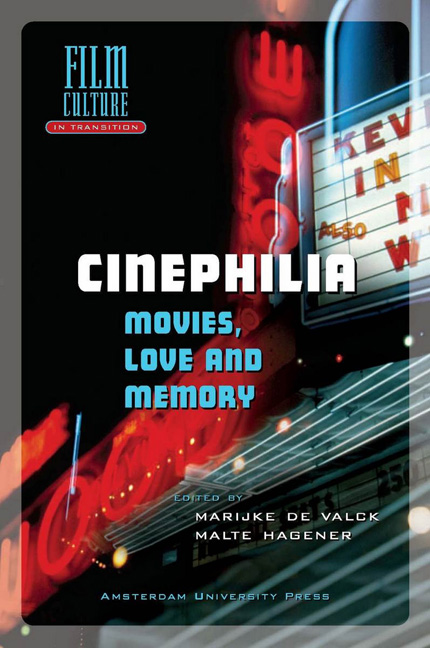Book contents
Re-disciplining the Audience: Godard’s Rube-Carabinier
Published online by Cambridge University Press: 25 January 2021
Summary
In the late 1990s, I toured California in a roofless Jeep. After a long day of “tough” (windy) driving, I ended up, rather accidentally, in the “no-nonsense services town” of Barstow. On the historic Route 66, I took a cheap room in a Best Motel. Fatigued and dazed by the trip, I nestled down on the queen-sized bed and switched on the color TV, one of the motel's amenities. There were probably over 100 channels. And, inevitably, I started zapping. I would prefer to see myself in this specific situation not as a couch potato, but as an active “homo zappens” who is taking control of the multiplicity and the simultaneity of signs (or channels). This is, of course, self-deceit.
While “mindlessly surfing” typical American television (soaps, sports, weather channels, CNN, lots of commercials…), I suddenly stumbled upon something different, something bizarre: it was a sequence of black and white images, in French, with English subtitles. In my zombie mood (or mode) I zapped forward; then, abruptly, I stopped and went back. I had to go back to those images. These were Nouvelle Vague images, there was no doubt about that. I was sure it wasn't Truffaut because it was too surreal. It had to be Godard. Once back in the Old World, I did some research and discovered that it was, indeed, Les carabiniers (France: 1963, THE RIFLEMEN).
“To Collect Photographs Is to Collect theWorld”
I was able to trace back LES CARABINIERS thanks to its picture postcard sequence, which is one of the most remarkable moments of the film. During this 12-minute sequence, the riflemen's wives (and the spectator) get a summary of their war conquests. Because: “To collect photographs is to collect the world,” according to Susan Sontag who pays close attention to Godard's film from page one of her collection On Photography:
In…LES CARABINIERS (1963), two sluggish lumpen-peasants are lured into joining the King's Army by the promise that they will be able to loot, rape, kill, or do whatever else they please to the enemy, and get rich. But the suitcase of booty that Michel-Ange and Ulysse triumphantly bring home, years later, to their wives turns out to contain only picture postcards, hundreds of them, of Monuments, Department Stores, Mammals, Wonders of Nature, Methods of Transport, Works of Art, and other classified treasures from around the globe.
- Type
- Chapter
- Information
- CinephiliaMovies, Love and Memory, pp. 125 - 134Publisher: Amsterdam University PressPrint publication year: 2005



